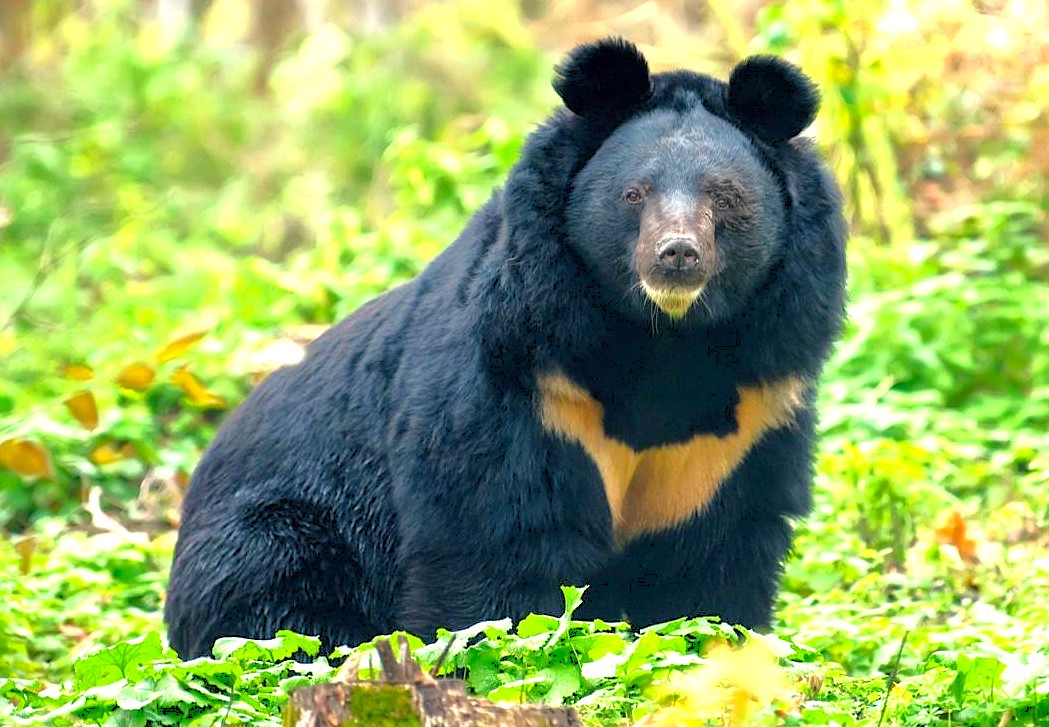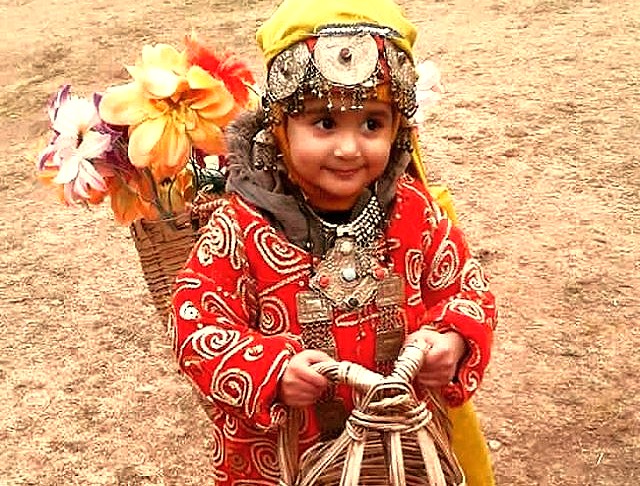Ancient Encounters
Aru Valley Kashmir Srinagar India
Mother Masala Tours
Guardians of the Himalayas
Aru Valley Kashmir Srinagar India. Set at 2,424 meters high, is an alpine oasis close by Pahalgam. The valley name 'Aru' echoes from the local term for “streams,” owing to its winding tributaries feeding the Lidder River. The region's story begins with early human settlements fostered by snow-fed rivers, and is later marked by the Karkota Dynasty (7th–9th century CE), whose influence is visible in local spiritual sites. Today the valley’s population fluctuates seasonally, remaining a close-knit community of around 500 during winter, swelling up to 2,000 in summer as shepherds, artisans, and nature lovers converge.

Aru Valley Kashmir Srinagar India: Sacred Spaces
Aru Valley Kashmir Srinagar India. You will find yourself surrounded by ritual chalices, carved wooden relics, and prayer wheels unique to this part of Kashmir. The alpine meadows are dotted with shrines dedicating their tranquility to Shiva and local deities, often housing hand-beaten copper lamps and rare handwritten texts. In stone-walled prayer rooms, the local mood is peaceful, and you are gently immersed in tradition. Martand Sun Temple, 30 km away, an edifice representing ancient devotion tied directly to Aru’s heritage.
Capturing the Magic: A Photographic Haven

Aru Valley Kashmir Srinagar India. Morning light spreads across open meadows where wildflowers grow in clusters and streams run clear between smooth rocks. Log cabins sit near grazing areas with mountain peaks rising beyond in layers of grey and white stone. The light shifts throughout the day revealing different angles and compositions at every turn. You"ll find opportunities to capture landscapes that change from dawn through afternoon into evening hours. Herders move their flocks along traditional paths while smoke rises from chimneys in settlements below the ridgelines.
A Culinary Journey: Savor the Flavour
Aru Valley Kashmir Srinagar India. Our adventures in cuisine introduce us to local delicacies such as harissa—a luxury winter dish blending mutton, rice, and warming spices over a slow fire. Kahwa, brewed with green tea, saffron, cinnamon, and almonds, is poured from ornate samovars into elegant cups. Aru’s kitchens also offer trout, caught fresh from the streams, pan-cooked with classic Himalayan herbs, providing a restorative meal after you return from a trek.
The Pulse of the Local Community

As you become acquainted with the openness of the locals, as daily life moves at a calm and reflective rhythm. Elders guide communal decisions while youth work in animal husbandry, trekking services, and handicrafts that sustain the local economy. The hospitality here is substantial, as tea and a place to rest are offered to anyone who arrives at any hour. Peaceful conversations often turn to local legends or the latest festival preparations happening in the valley. Handicrafts reveal traditional skills passed down through generations, while trekking services connect the village economy with mountain trails above. Animal herds graze on hillsides as part of seasonal cycles.
Festivals of Devotion: Honouring the Sacred and the Divine
Aru Valley Kashmir Srinagar India. Prominent in Aru’s calendar is Navreh (spring’s New Year, March/April), when families gather to recite ancestral names and share elaborate meals. The Amarnath Yatra (July–August) passes nearby, bringing an energy of devotion echoing through the valley. Harvest festivals highlight the mood of gratitude, with music, dance, and communal feasting led by regional elders and folk musicians—characters whose tales fill village evenings.
The Connection With the Gods

The Valley holds deep ties to Shiva, considered the guardian of the high passes and mountain routes above. Local stories recount Shiva's journeys through the surrounding peaks and the legend of Nandani, a shepherd goddess associated with miraculous springs. At the Martand Sun Temple, the spirit of Surya the Sun God is invoked through ritual and prayer cycles. These ancient narratives shape the cultural landscape as villages maintain seasonal festivals revealing connections between myth and daily practice. Stone shrines mark pathways where pilgrims have passed through centuries of seasonal movement and trade.
Ancient Technologies: Sacred Sound, Geometry & Astrological Influences
Aru Valley Kashmir Srinagar India. Step inside the Martand Temple’s ruins or Aru's own hillside shrines, and we’re entranced by stone chambers designed to amplify sacred frequencies, including the 528 Hz Solfeggio tone believed to encourage peace. The classic Kashmiri "chokhat" wooden geometry - synonymous with stability - underpins local building design, channeling both spiritual and physical energy. Local granite and river stones, renowned for endurance, are used to impart a grounding tranquility, while astrological gatherings ensure the valley's calendar is always harmonized with cosmic rhythms.
Serendipitous Meetings: Beyond the Main Path

Each wander reveals artisans weaving willow baskets, bakers shaping traditional kulchas, and shepherds tending prized flocks in the valley. Some days we find workshops where men comb raw wool for Namda carpets or women press mountain flowers into herbal teas. Small dairies and earthy workshops operate throughout the village with their regular production cycles continuing year after year. Blacksmiths shape metal tools while leather workers repair saddles and harnesses. The streets carry smells of baking bread for meals and market goods.
Urban Legends: Strange Sightings, Myths and Mysteries
Aru Valley Kashmir Srinagar India. Folk here will tell you of the “Lidder Lights” - strange glowing orbs appearing on the riverbanks at dusk, attributed to lost Himalayan spirits. Another tale follows the elusive Snow Leopard, seen only at twilight, believed by youth to be a magical protector. Secret caves above Aru are said to hide ancient yogis in meditation, their chants occasionally heard on windless nights.
Resilience and Renewal: Overcoming Adversity’s Challenges

The Valley's story includes dramatic events that have shaped the landscape and settlement patterns over recent decades. In 2014, massive floods submerged the valley floor and forced evacuation while sparking a wave of rebuilding across villages. The 2005 earthquake damaged local stone homes, and communities quickly improvised shelters and began reconstruction using available materials. Historic skirmishes dating to the Sikh and Dogra Dynasties also shaped settlement patterns and land distribution in the region. The valley has returned to its baseline state of agricultural activity and seasonal tourism operations.
We’re Going Beyond the Ordinary: You’re Invited to Come With Us
Aru Valley offers true peace and profound natural serenity. This is a secluded place for deep, restorative quiet, where the pure mountain air quickly clears the mind and calms the soul. Walk the winding, wildflower-strewn paths, discovering hidden corners of the stunning valley and the gentle flow of the Lidder River. Share warm, authentic Kashmiri meals prepared with fresh local ingredients, offering immense comfort and sustenance. Watch the vast night sky shimmer with a million brilliant stars, far removed from city lights, revealing a celestial tapestry unlike any other. Go where the spirit of the mountain air is as clear and vast as the new vision you hold for your life.
Symphony of Generosity: Offerings from Wanderers to Residents

When we exchange knowledge, skills, and stories with the local community, both sides benefit from the interaction and cultural sharing. Purchasing Namda carpets or sharing in local meals supports artisans and farmers while ensuring traditions endure through economic sustainability. In return, we gain an atmosphere of peace and a sense of belonging in the valley during the time spent here. The generosity that exists in daily exchanges, whether material or through conversation, shapes the character of valley life. Local markets reveal ongoing trade patterns where goods and agricultural products change hands regularly.